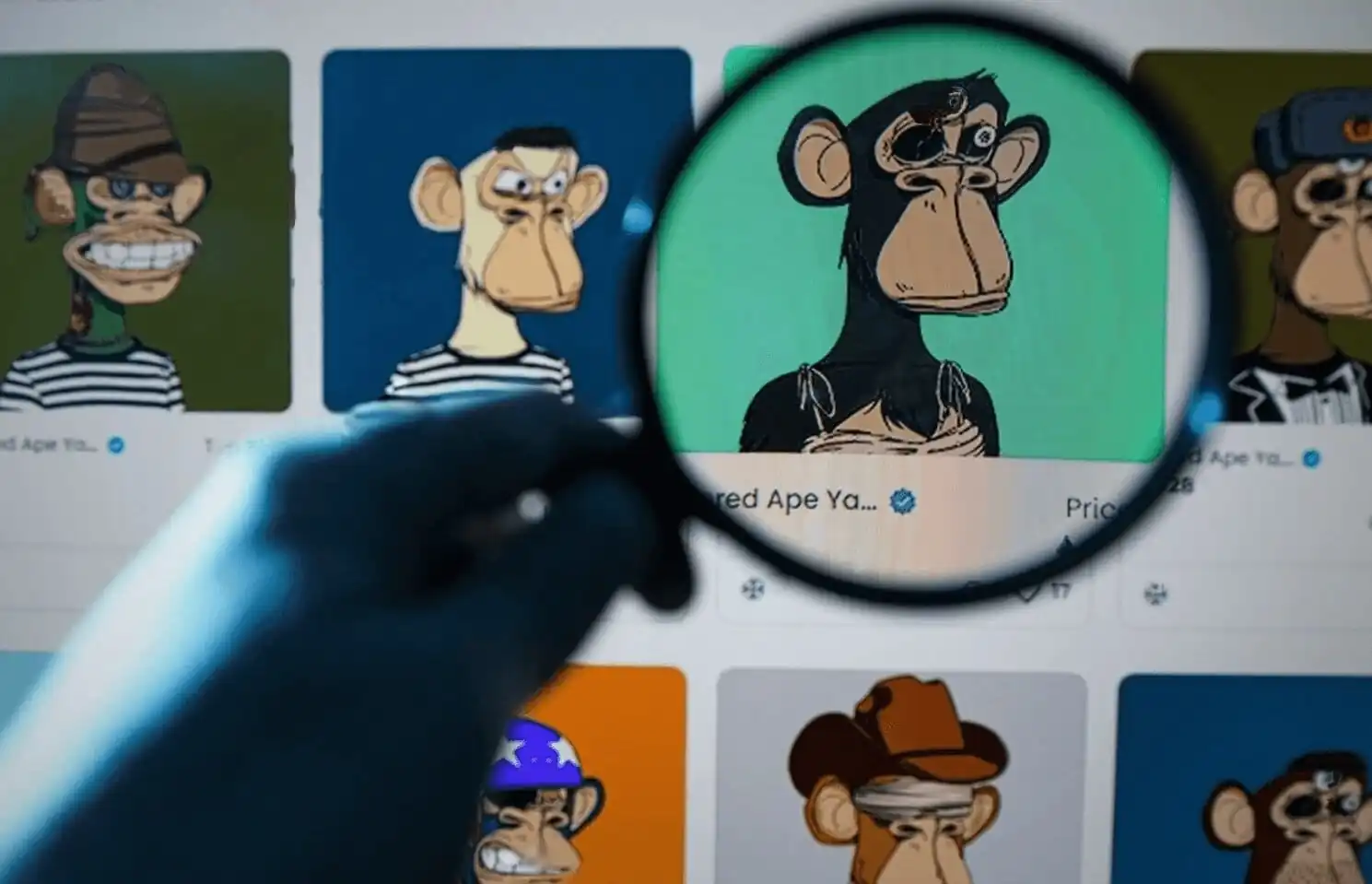What Is an NFT?
NFT is an acronym for "non-fungible token" - a form of digital asset that contains unique information in its metadata, allowing for individual identification of each token.
There has been a rapidly growing awareness of NFT in recent years. However, as you will learn, there is much more to this form of a digital asset than just JPEG images of punks, cats, and apes. It is an influential blockchain technology innovation with many exciting applications across different industries.
NFT: What Is Fungibility?
Uniqueness is at the heart of both the NFT design and minting process. The word fungible in the name refers to the quality of being replaceable with an identical item of the same value. For example, somebody could swap a 1oz gold coin for another of the same weight with no loss or gain to the value held.
However, NFTs are entirely different. Once created, they cannot be replaced, changed, or augmented. Instead, they become a permanent feature of the relevant blockchain's public ledger.
If you were to purchase an NFT, say using cryptocurrency sent from your PlasBit wallet, you would not only possess the unique item but could also prove that uniqueness via the blockchain.
The benefit to creative industries is evident, for example, in establishing an individual's digital artwork's authenticity. Such an artwork would have built-in uniqueness as an NFT, and its visibility on the blockchain would protect its value. This ability of an NFT to provide digital evidence of ownership is a leap forward in how we track and verify authenticity.
History of NFTs: From Felines to the Future
Though the history of NFTs can be traced back to Colored Coins on the Bitcoin network in 2012, Crypto Kitties in 2017 ushered in more mainstream awareness of NFTs. You may be familiar with storing ETH and ERC-20 tokens in your PlasBit wallet, but the Crypto Kitties project ushered in the new token type ERC-721, which effectively set the standard for NFTs on the Ethereum network.
One powerful feature of NFTs that Crypto Kitties highlighted was extensibility. An example is when somebody combines two unique NFTs to create a third, which is also unique and verifiable on the blockchain. The use of this facility to 'breed' Crypto Kitties even led to a newsworthy blockage on the Ethereum blockchain in the same year that the standard was introduced.
With so much potential and many features, exploring and understanding the different applications an NFT can have is worthwhile.

NFT and Gaming
Video game assets such as in-game elements, character skins, surfaces, sounds, and images are, at their core, simply files or groups of files. Therefore, the opportunity exists to connect an NFT to them.
Attaching NFTs to generic items (default character skins, standard equipment, or in-game environment elements) would not be worthwhile. Since these are accessible to all, the incentive for ownership is absent.
Instead, NFTs are tailor-made for unique in-game assets and elements. Those items that are rare and in limited quantity, custom skins, or indeed anything that players value highly. This perceived value lends itself to using and exchanging NFTs as in-game assets, allowing publishers to create their in-game market effectively.
Major game publishers continue to explore the potential for NFTs in their ecosystems, while smaller independents lead the way with NFT games. For example, in the popular Ethereum-based Axie Infinity game, monsters are collected and battle against each other, each attached to an NFT.
NFT Metaverse: A New Reality
While the practical manifestation of a metaverse built around Virtual Reality (VR) or Augmented Reality (AR) still needs to be fully formed, it is clear that NFTs will play a key role in its foundation.
The potential of NFTs in the metaverse extends the features and applications seen above in gaming. For example, Metaverse platforms, led by The Sandbox and Decentraland, already use NFTs to design plots of virtual land and in-world elements for 3D avatars.
Whether the metaverse exists as a single dominant platform or a connection of different metaverses, the value of NFTs interoperability will be crucial to its day-to-day use. For example, ownership of assets, both real-world and virtual, could be represented by NFTs, creating a seamless integration between the metaverse and the physical world.
Real-World Applications of NFT
Using NFTs in tokenizing real-world and digital assets opens up new potential for security tokens. For example, physical assets (such as property) could be fractional or tokenized, providing opportunities for shared ownership. Furthermore, asset ownership would be fully trackable and verifiable if these security tokens were issued as NFTs, even in part-ownership scenarios.
The real-world applications of NFTs are almost limitless and could include widespread adoption for:
- Real estate ownership
- Birth, death, and marriage certificates
- Software licenses
- Educational qualifications
- Warranties and guarantees
As users become increasingly comfortable using wallets like PlasBit for financial transactions, adoption moves towards a time where digital wallets might contain verifiable proof of every aspect of our lives and assets. By proving the owner's identity, the smart contract of an NFT could be stored in a digital wallet for easy access and use. This would also open up the potential for ownership of a person's entire social media presence
Disadvantages of NFTs
There are drawbacks and challenges for NFTs, though many are being actively worked on across different blockchains.
- Privacy concerns - The nature of blockchain is that all transactions are visible on a public ledger. Details within smart contracts become immutable when issuing an NFT, so they may contain data that parties want to keep confidential. While it is a challenge being addressed, it remains unsolved for those using NFTs on the most popular network, Ethereum.
- Safe asset storage - While transactions related to NFTs are robustly documented on the blockchain, assets exist elsewhere. These systems may not be as secure as the blockchain and face the usual risks of any file stored on a server that could be deleted or corrupted.
- Bad actors - There have been fraudulent NFT launches or IP theft of an artist's work. These are not problems of NFTs themselves but highlight the importance of careful research and due diligence when transacting using any emerging technology.
The NFT has become increasingly mainstream in recent years, and as adoption grows, there will be more and more applications across everyday life. By keeping your NFT knowledge up to date, you will benefit most from this exciting new technology.







